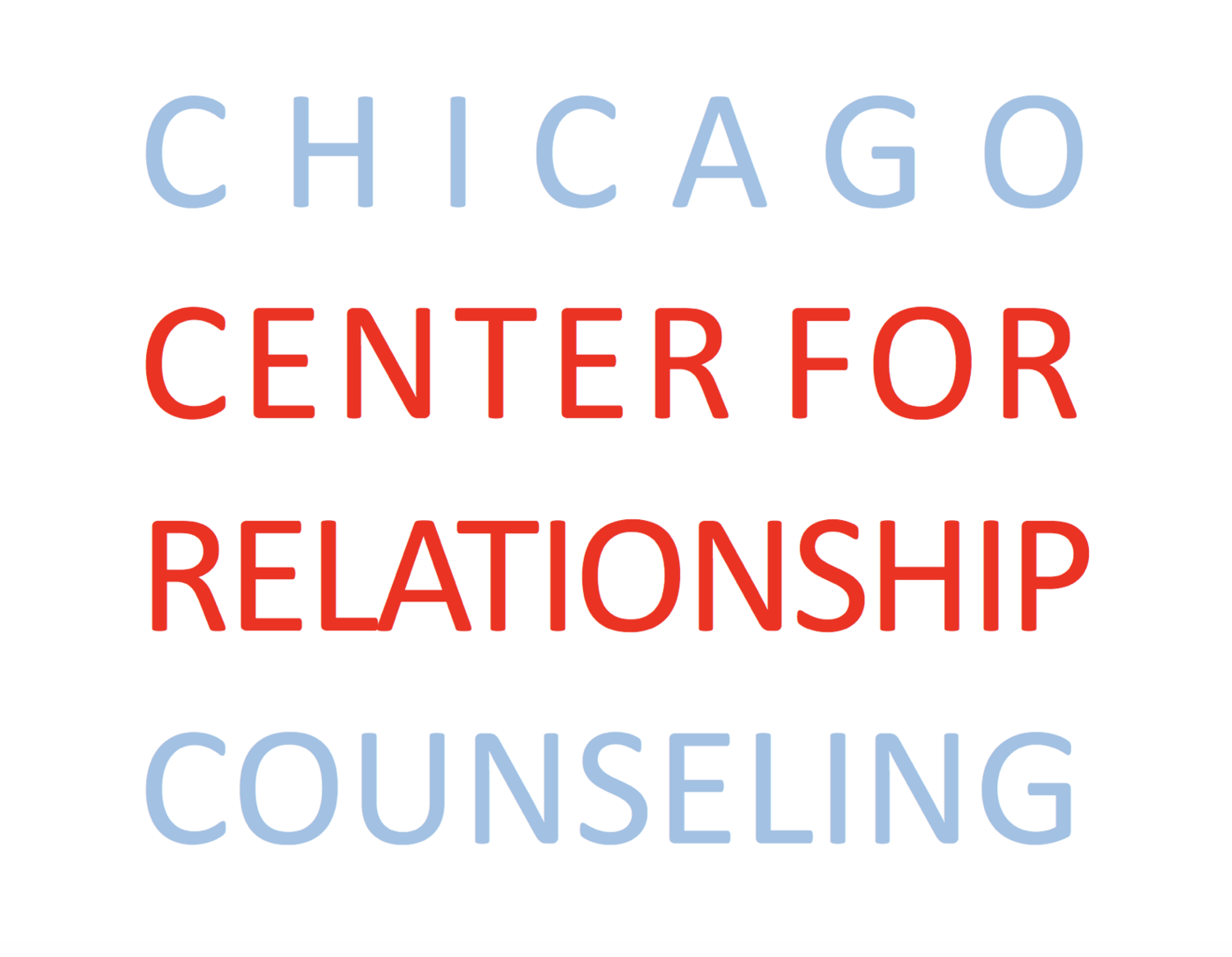I like advocating for children’s consequences that are aimed toward teaching life skills. A consequence is obviously put in place to call attention to a mistake of some degree. Taking a toy away, setting a time out, restricting activities are all ways we can emphasize that a bad decision isn’t okay. I don’t personally support spankings, but this is also something that can signal that a limit or rule has been breached. It may not always be clear to a child why they are getting in trouble, so take time when your child is calm to specify why there was a punishment. A popular example is when a child is angry: being angry is okay, what someone does because of it is not always so. A child may think anger needs to be suppressed as opposed to managed if there isn’t time spent on isolating issues. Consistent reaction to enforce rules and set consequences can help children recognize family expectations, social norms, and safety issues.
Once your child knows what behaviors are okay and which ones will lead to trouble, is that enough?
I’d argue usually no. Children will often learn what the limits and expectations are, but not always what the best behavior would have been in a situation, or even how to do it. With anger issues, a child may learn that hitting is not accepted, but may not know what else to do when he or she is that upset. Incorporating additional aspects to a consequence may help to not only stop a behavior, but prevent it in the future. Additionally, some elements of consequences can help teach empathy, respect, and self-reflection, which can also be beneficial life skills.
Consequences that only take things away may miss the mark because they only teach what not to do. When an activity is taken away from a child (No TV!) that is a great opportunity to replace it with something else. For example, “No TV today, instead you are going to practice your deep breathing and relaxation”. Writing an apology, spending time cleaning the mess that was made, or using TV time to get an original task ignored completed are other examples. Take time to teach the needed skills, to teach responsibility, and to re-enforce the fact that when parents say something needs to get done, it gets done.
If a child gets home late, it makes sense to either take the privilege away or make curfew earlier. But for how long? Some parents say, “… for one week, Missy!”, but what does the child learn? A teaching consequence may be that the new rule is in place until Missy can show better respect overall for rules or demonstrates a different skill. What if Missy didn’t get curfew back until she was able to get her homework done AND the dishes done on time for a week? Would that demonstrate that she understands expectations as a whole? What if Missy has to report to her parents the ways in which she impacted them, acknowledging the worry, lost sleep, and frustration that comes with wondering where a child is? Might this help re-inforce empathy skills and awareness of one’s impact on others?
As you know, it is not always possible to control a child. Sometimes what we have is an opportunity to teach, try to contain, and guide them to wiser options. When you are making consequences for your child, consider it a teachable moment.
Please check out the following web sites:
Further posts will address identifying values and skills you want your children to have (these can guide what you teach and what behaviors you govern) and also how to negotiate and coordinate with your co-parent around consequences and parenting styles that work for you child.



